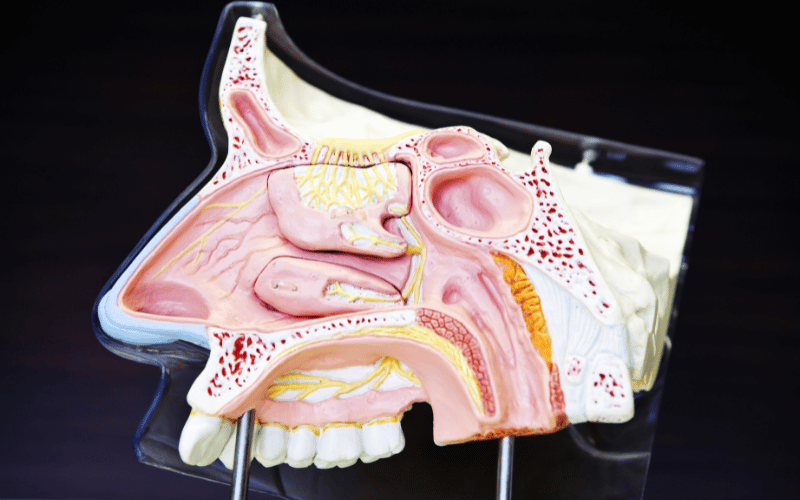Fact 3: The Role of Anatomy in Snoring: More Than Meets the Eye

Who would have thought the shape of your nose or the size of your tonsils could play a role in your snoring habits? Yep, you read that right. When it comes to snoring, anatomy matters. There’s even a subfield in sleep research that focuses entirely on anatomical variances and their impact on snoring.
But let’s start with the nose. A deviated septum, where the thin wall between your nostrils is displaced, can cause turbulence in the airflow. That turbulence makes the surrounding tissues vibrate, which in turn produces that infamous snoring sound. But the nose is just the beginning; other anatomical features can influence snoring as well.
Step into the oral cavity, and you’ll find the palate and tonsils playing their parts. An elongated soft palate or enlarged tonsils can also narrow the airway, causing that familiar cacophony of snores. Interestingly, there are surgical solutions to these issues, like uvulopalatopharyngoplasty (try saying that five times fast), which removes excess tissue to widen the airway. Still, surgery isn’t a one-size-fits-all solution, given the risks and post-op recovery.
Curiously, your tongue could also be a snoring instigator. A tongue with significant girth can fall back into the throat while you’re asleep, creating a blockade. Dental appliances like mandibular advancement devices can sometimes help by repositioning the tongue and lower jaw to facilitate smoother airflow.
So the next time you find yourself wondering why some people snore while others don’t, consider the anatomical lottery. It might not be about bad habits or health conditions. Sometimes, it’s the shape, size, and position of our internal structures that dictate whether we snore or enjoy a silent night. (3)